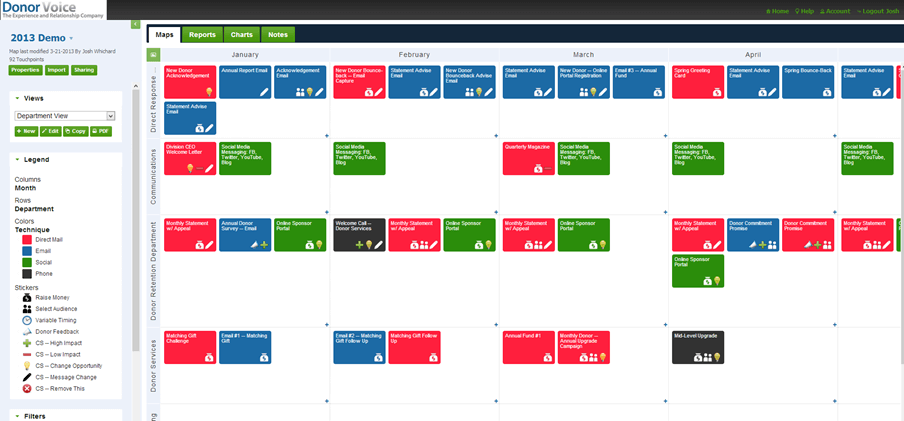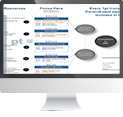TouchPoint Mapping
TouchPoint & Experience Mapping to increase Donor Commitment
Benefits:
- Use “stickers” to flag the experiences that really matter and those that are donor pain points
- With the click of a button see the current donor experience and desired one and the specific changes to reach desired.
- Identify and remove unimportant touches to lower marketing spend and see multiple donor views with one click – segment, lifestage, channel.
Click HERE to schedule a free 30 minute demo on how this works.

Ask A Behavioral Scientist
Behavioral Science Q & A
Whether “help” is more engaging or not really depends on the framing and context. The word help can sometimes weaken the perceived agency of the supporter, making their role feel secondary rather than central (your point). On the other hand, help can also signal collaboration rather than implying full ownership of the outcome, which might […]
Read Full Answer
Great question! Here’s how behavioral science can help unpack what might be happening: Pain of Paying: Even a small extra charge can make giving feel more transactional than emotional, potentially reducing generosity. Fairness Concerns: Some donors might perceive donor cover as a surcharge rather than a contribution to the cause. If they feel the charity […]
Read Full Answer
The choice between “Your gift CAN…” and “Your gift WILL…” taps into the psychological framing of certainty vs. possibility. Currently, there is no academic research directly comparing these two framings in charitable appeals. However, I suspect no framing is universally better—the outcome likely depends on your target audience and the campaign’s goal. Here are some thoughts: Certainty Framing – […]
Read Full Answer
Integrating an individual giving appeal with other communications from a charity can have both positive and negative effects, and the outcome largely depends on how it’s executed. Advantages of Integration Brand Consistency: Maintaining a consistent appearance and messaging across all communications can reinforce the org’s brand identity and strengthen brand recognition and trust among your […]
Read Full Answer
I’m not aware of any in-market tests specifically comparing recurring vs. gift frequency language. I suspect the answer might not be the same with all gift frequencies, nor with all people. It sounds like a great opportunity for you to test and find out what works for your audience. Based on the literature, here’s a couple […]
Read Full Answer
Based on what we know from existing data, those renewal notices can actually be pretty effective in getting people to donate. They tap into our psychology – creating a sense of urgency, reminding us of past support, and using personalization to make the message hit home. They’re playing on our natural tendencies to feel obligated […]
Read Full Answer





